What Type of Learner Are You?
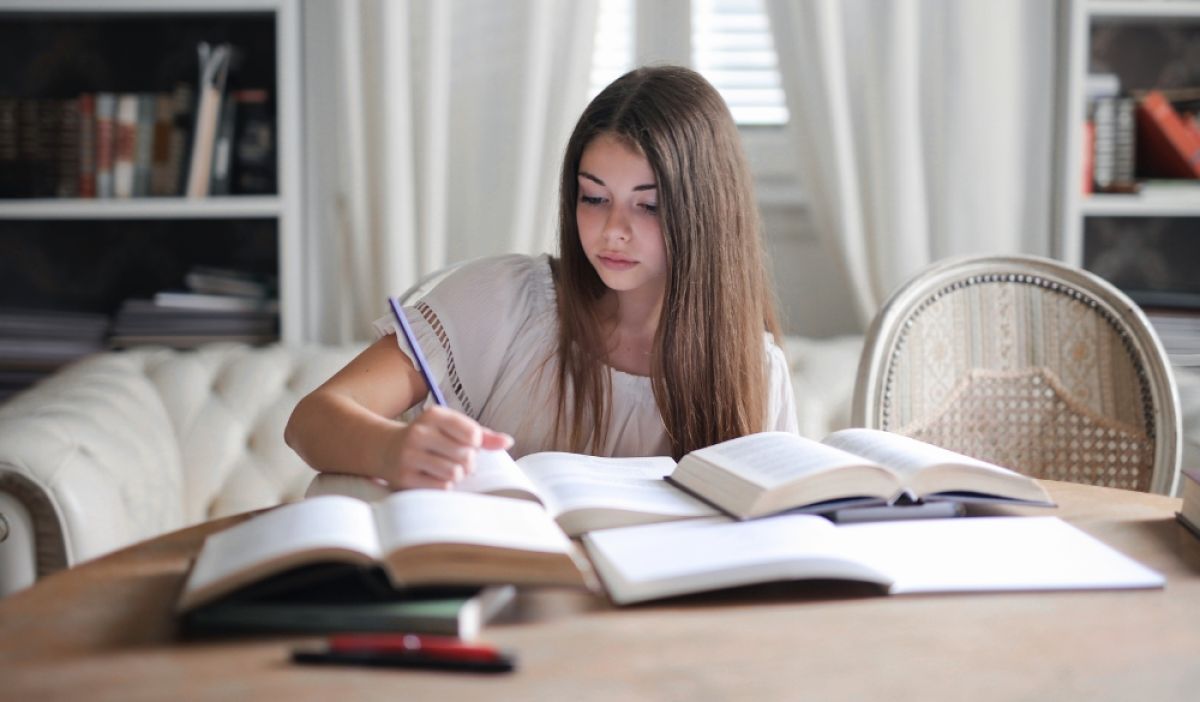
Learning styles are a hot topic in education and for good reason.
They can help you learn better, faster, and more efficiently. The trouble is that there’s no one “right” way to learn.
Instead, different ways of learning work well for different people at different times. If you’ve ever wondered about your learning style (or your child’s), keep reading!
What is a Visual Learner?
If you’re a visual learner, you are good at seeing the big picture. You learn best by watching, listening, reading and doing.
Visual learning is one of the most effective ways to learn because it helps you to absorb information and make connections between concepts.
Visual learners need to see things to learn them. They like pictures, diagrams and graphs in books or on slideshows. If this describes you then try using video tutorials instead of written ones when possible (the same goes for auditory learners).
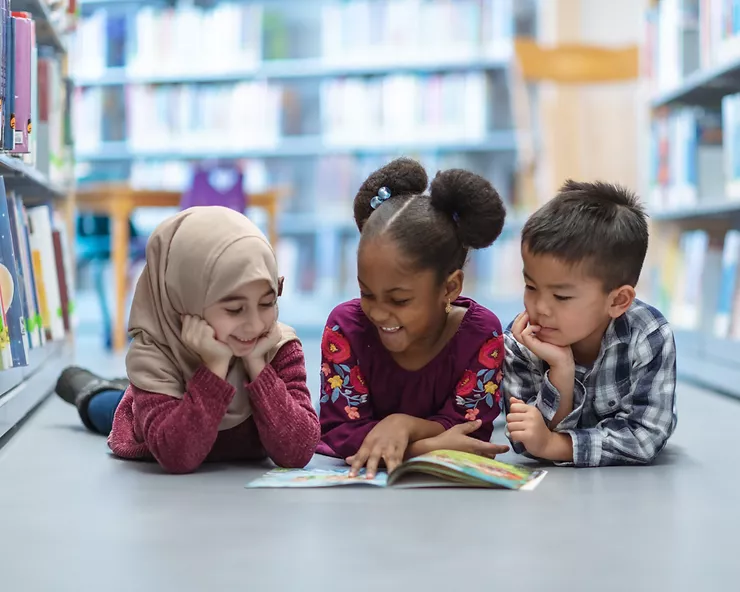
What is an Auditory Learner?
Auditory learners are often good at listening, talking and singing.
They like to repeat things they’ve heard, whether it’s words or sentences. They might learn best by hearing a story read aloud or by listening to music while they do their homework.
Auditory learners also benefit from podcasts that keep them engaged in what they’re learning while providing additional audio information on the topic through interviews with experts in the field.
Auditory learners prefer listening rather than reading material; they are good at remembering what they hear but struggle with written tasks such as essays or reports because they find it hard to put their thoughts down on paper without seeing them first!
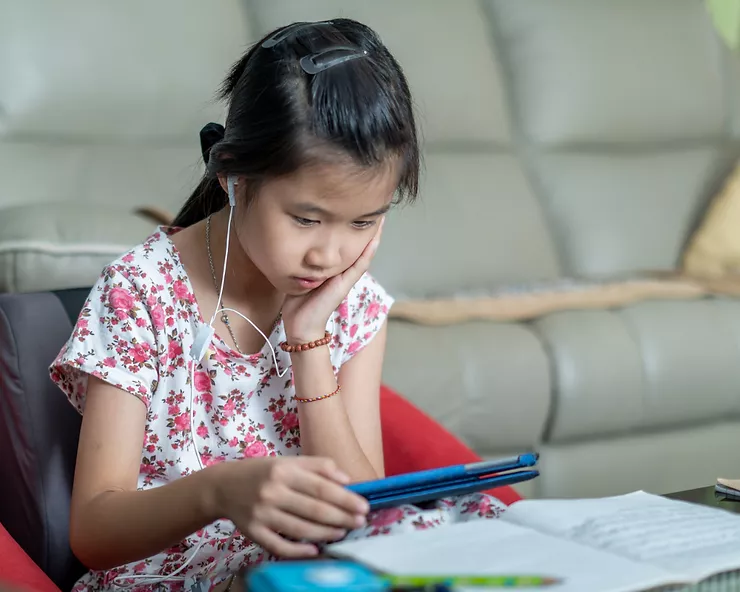
Being a Reading & Writing Learner
Reading and writing are both important, but the way they help you learn is different.
Reading helps you understand what you read better.
It gives you context for what’s going on in the story or article; it gives words more meaning when they’re put into sentences (and sometimes even paragraphs).
Writing helps us remember what we write, which means that if we write something down, then later on when we come across that piece of information again, whether in another book or just as part of a conversation with friends, we’ll be able to remember it better than if we hadn’t written anything down at all!
If this sounds like someone close to you then consider giving them audiobooks instead of novels as gifts, it may just open up a whole new world for them!
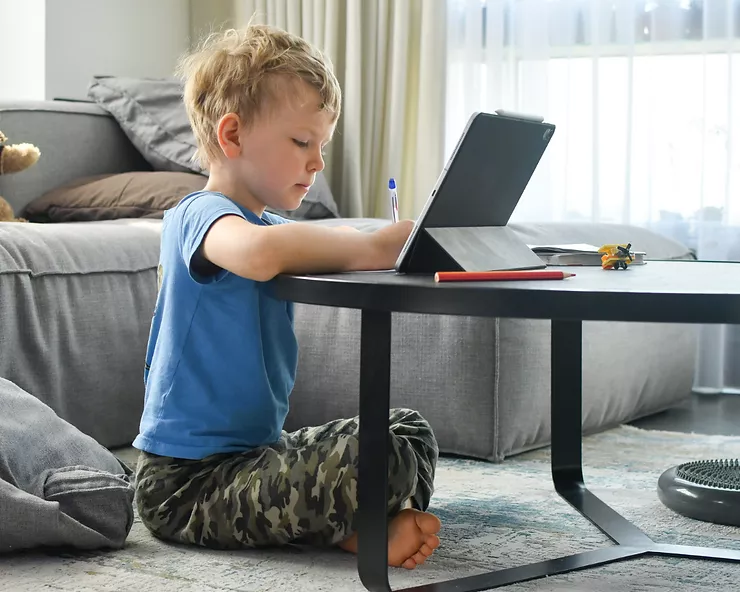
Kinesthetic learning is best for hands-on activities
Kinesthetic learners also tend to be very active, but that doesn’t mean they can’t sit still! Kinesthetic learners are often drawn to sports and other physical activities, but they also learn well through movement. Some examples include:
- Playing an instrument
- Riding a bike
- Working with your hands (e.g., woodworking)
- Making crafts projects
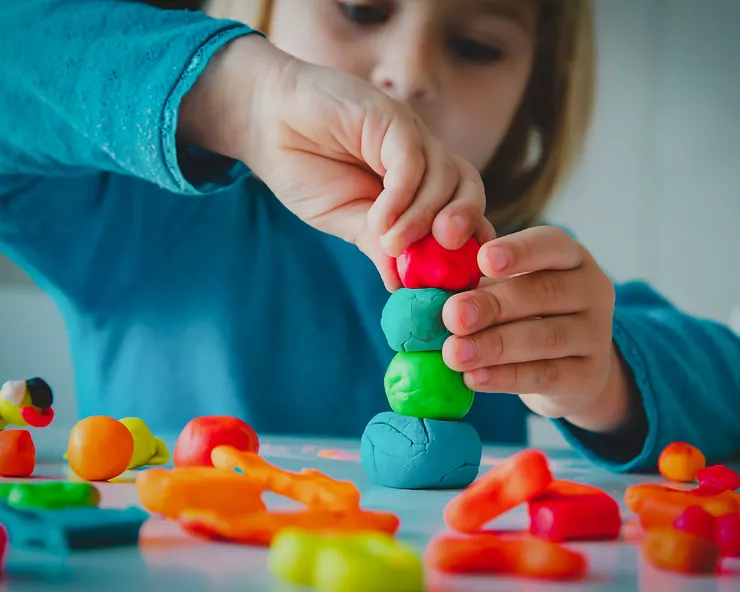
Knowing your learning style is important. It can help you to be more effective at learning, find a job that fits your learning style and even understand your children better.
We hope that this article has helped you to understand your learning style and how it can be used to improve your study habits.
If you’re still unsure of which type is right for you, we suggest taking a quiz or even just taking note of what types of activities make studying more enjoyable!
In a future article, we will be discussing 4 more styles of learning that you may not have heard of before.
Happy studying!

